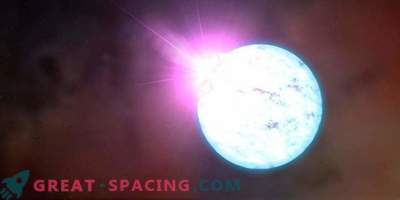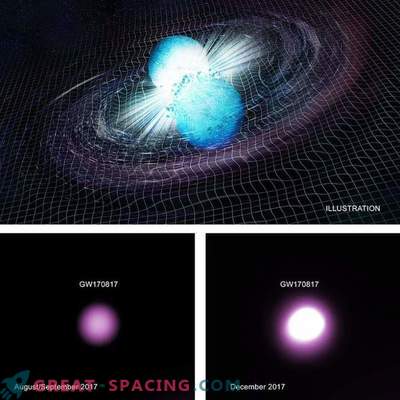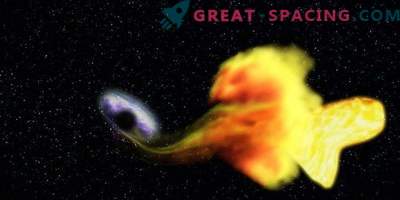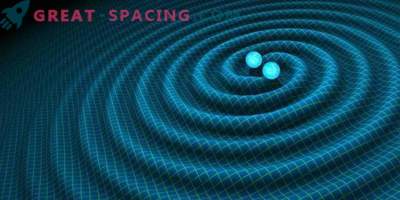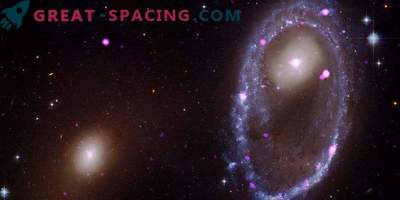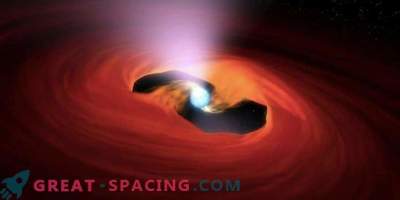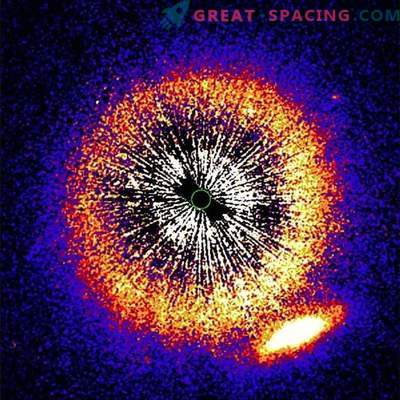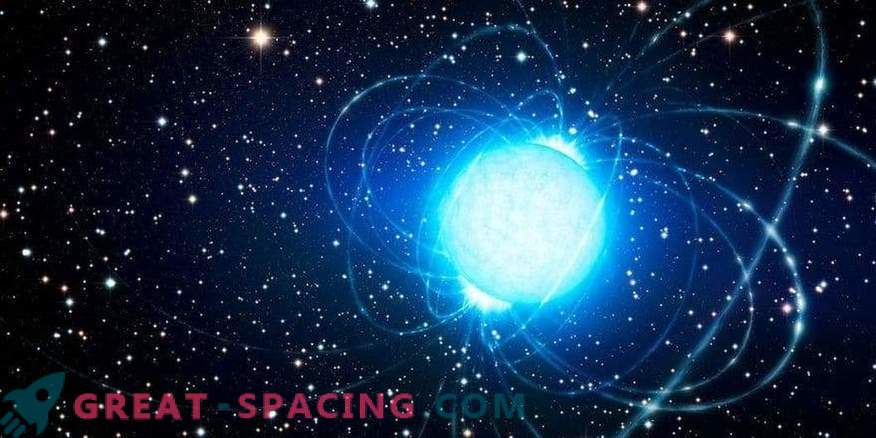
Astrophysicists from Goethe University (Frankfurt) were able to establish a new limit for the maximum mass of neutron stars: no more than 2.16 solar masses.
Neutron stars were first discovered in the 1960s. and from that moment it was important to understand what their maximum massiveness was. Unlike black holes, these stars cannot gain mass arbitrarily.
With a radius of 12 km and a mass twice the solar one, neutron stars are considered to be one of the densest objects in space. They manage to form so powerful gravitational fields that they can compete with black holes. Usually their mass is 1.4 times the solar one, but there are pulsars, like PSR J0348 + 0432, whose figure reaches 2.01 solar masses.
The density of such stars is amazing. Imagine that the Himalayas squeezed into a beer mug! But there are signs that a neutron star with maximum massiveness will collapse into a black hole if you add at least one neutron. In order to derive an exact maximum limit of massiveness, the scientists applied the “universal relation” approach. That is, almost all neutron stars resemble each other, which means their properties can be expressed in terms of dimensionless quantities. The researchers combined universal relationships with data on the signals of a gravitational wave and subsequent electromagnetic radiation (kilon). This greatly simplifies the calculations, since it makes them independent of the equation of state.
As a result, we get an excellent example of the interaction of theoretical and experimental research. In the near future, it is expected that gravitational-wave astronomy will be able to observe more similar events. This will further reduce uncertainty and help to better understand the behavior of a substance under extreme conditions.


